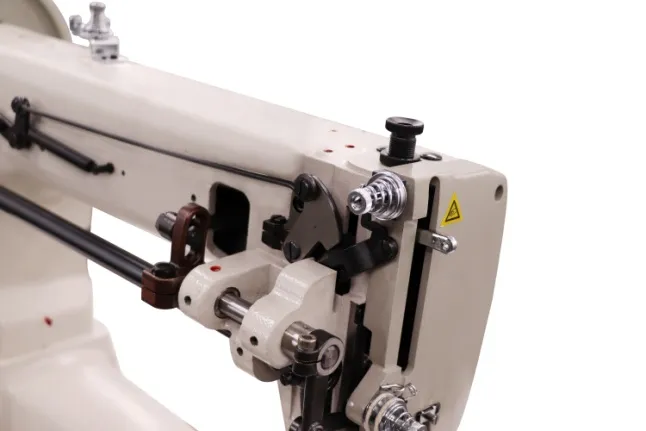Designing and Crafting Model Ship Sails for Enhanced Realism and Performance
The Art of Sewing Model Ship Sails
Sewing model ship sails is a captivating hobby that combines creativity, craftsmanship, and a touch of maritime history. For model ship enthusiasts, the sails are not just functional components; they bring the entire vessel to life, playing a key role in the model's aesthetic appeal and historical accuracy. Whether you are a seasoned model builder or a beginner, understanding the techniques and materials involved in sewing sails can enhance your model ship project.
The first step in sewing model ship sails is selecting the right materials. Traditionally, model sails were made from cotton cloth or linen, which mimic the sails of real ships. However, modern hobbyists often opt for lightweight synthetic fabrics such as polyester or nylon due to their durability and resistance to wear. Choosing the appropriate fabric is crucial, as it should be lightweight enough to catch the wind but sturdy enough to withstand the rigors of handling.
Once the fabric is selected, the next step involves designing the sails. This process usually begins with drafting a pattern based on the scale of the model ship. Sail shapes vary widely, from square to triangular and even lateen designs, reflecting the types of vessels being modeled. Careful attention to scale is essential, as accurately proportioned sails can significantly impact the overall appearance and balance of the ship.
sewing model ship sails

Cutting the fabric according to the patterns is a critical phase. Precision is key here; any discrepancies in size might lead to sails that don't fit properly or behave erratically when displayed. Using sharp scissors or a rotary cutter can help achieve clean edges. After cutting, it’s time to sew the sails together. A sewing machine can expedite this process, especially for straight seams, but hand sewing may be preferred for intricate details or for those who appreciate traditional craftsmanship.
After the sails are assembled, it’s important to add finishing touches. This could include reinforcing the edges to prevent fraying or adding decorative elements like stitching or symbols that reflect the ship's history. These details not only enhance the visual appeal but also showcase the builder's skill and attention to detail.
Finally, attaching the sails to the ship requires careful consideration. The rigging, or the arrangement of ropes that support the sails, plays a vital role in the functionality and aesthetics of the model. This step may involve additional sewing to create attachment points and to ensure the sails maintain their shape while capturing that classic nautical look.
In conclusion, sewing model ship sails is an intricate and rewarding process that allows hobbyists to blend artistry with historical exploration. Whether you are crafting a regal tall ship or a humble fishing boat, the sails you create will not only contribute to the model's authenticity but also serve as a testament to your dedication to the craft. So gather your materials, unleash your creativity, and set sail on this enriching journey of model shipbuilding!
-
Boost Production Efficiency with a Pattern Sewing MachineNewsAug.29,2025
-
Industrial Excellence with the Best Heavy Duty Sewing MachineNewsAug.29,2025
-
Precision and Power with the Best Pattern Sewing MachineNewsAug.29,2025
-
Reliable Bulk Packaging Starts With the Right FIBC Sewing MachineNewsAug.29,2025
-
Advanced Packaging Solutions: Elevate Productivity with Jumbo Bag Sewing Machine and Industrial Stitching EquipmentNewsAug.29,2025
-
High-Performance Solutions for Bulk Packaging: FIBC Sewing Machine and MoreNewsAug.29,2025
-
Maximize Efficiency with an Industrial Cylinder Arm Sewing MachineNewsAug.28,2025


























